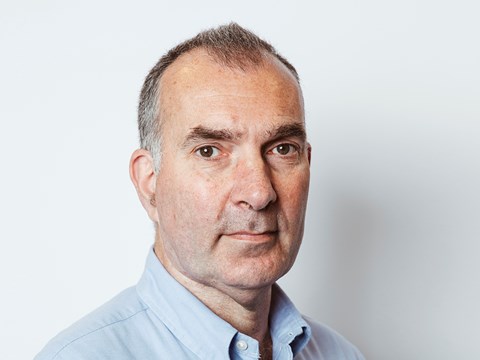Performance Related Pay is not an incentive – Paul Phillips
01 May 2017
PRP is much in the news at the moment as it’s a way of agencies saying they’ll put skin in the game. But all the agencies I know and work with are trying to do their best for their clients already. The presence of a PRP scheme doesn’t make them try any harder.
That’s not to say there isn’t a role for PRP in how agencies are remunerated. Many agencies welcome it as a validation of their performance. But I’ve seen too many schemes that are either overly complex or look to reward agencies for the work they’re already being paid to do through the annual fee.
For PRP schemes to work well for brand owners and agencies, I think there are three issues that need to be identified:
- Measurement – both parties need to agree what’s going to be measured, whether that’s sales, market share, awareness, pre-disposition to the brand, share price or some other meaningful metric.
- Attribution – make sure that whatever metrics are being used, they can be directly attributed to the agency’s contribution. This can be really hard for an agency trying to separate its contribution from that of others, and of the brand marketer (for example increased distribution, more gondola ends or BOGOFs). Econometrics can help with this. To put this in context, was more ice cream sold because of the advertising, or because the sun came out?
- The right baseline – you need to set a reference point for performance, but don’t do it straight away. Often PRP schemes are proposed at the start of a new relationship; we see a lot of agencies using the mechanic in pitch remuneration proposals. But more often than not one of the reasons the pitch has been called is to address a perceived lack of delivery by the incumbent agency, so using that under-performing agency as the benchmark isn’t exactly setting a stretching target.
Instead, waiting 6-12 months will enable the brand and its new agency partner to establish ways of working and agree relevant KPIs. From these they can establish a baseline performance for the agency and set realistic stretch targets against it.
In addition, no-one likes an open-ended financial agreement. So an agency’s remuneration needs to be capped in order for their client to get their budgets signed off. PRP schemes that aren’t capped generally aren’t bought – at least I’ve never heard of one that has been.
PRP schemes are often used to make a competitive bid more attractive to a prospective client and/or as a mechanic to claw back margin to a desired level closer to the agency’s own profit targets. Nothing wrong with either of these, but anecdotally many marketers and agencies have said they’d be more than happy with an agreed annual fee and no PRP element. It’s a lot simpler to set up and execute, and there are more pressing challenges facing both sides than trying to work out what the agency’s bonus payment could be.
About The Author




